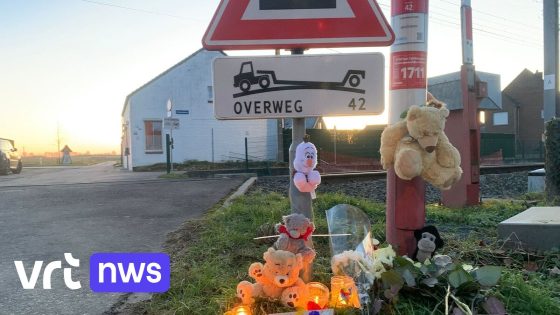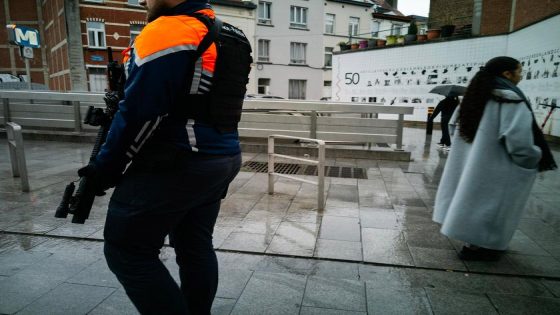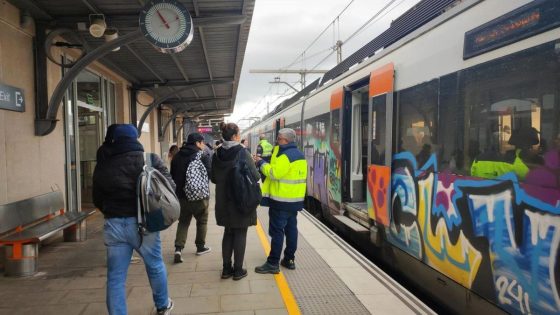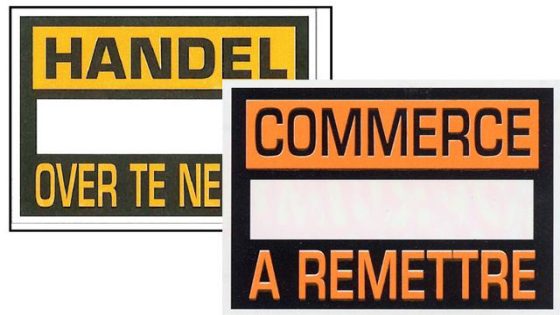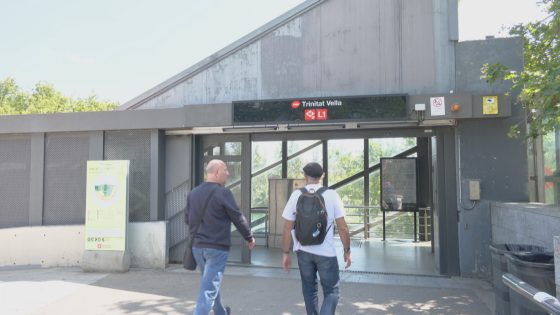How can deadly accidents at railway crossings, like the recent incident in Boutersem, be prevented? On February 5, 2025, Infrabel emphasized the importance of collaboration with local authorities to address this pressing issue. With some local governments hesitant to replace crossings, how can we ensure safety while respecting their decisions?
- Infrabel collaborates with local authorities.
- Local governments may oppose crossing replacements.
- Infrabel does not impose its plans.
- Strategy focuses on replacing crossings.
- Aims to prevent tragic accidents.
Addressing Railway Crossing Safety: A Community Effort
Why is it crucial for communities to engage in discussions about railway crossing safety? The tragic events highlight the need for proactive measures. By collaborating with local governments, Infrabel seeks to implement solutions that prioritize public safety without imposing changes against community wishes.
The Role of Local Authorities in Safety Measures
Local authorities play a vital role in determining whether railway crossings should be replaced or upgraded. Their input is essential because they understand community needs better than anyone else. However, when safety concerns arise, it’s important for these officials to weigh the risks seriously.
Key Considerations for Improving Railway Crossings
To enhance safety at railway crossings effectively, several factors must be considered:
- Community Engagement: Involving residents in discussions fosters trust and transparency.
- Safety Assessments: Regular evaluations of current crossings can identify high-risk areas.
- Funding Opportunities: Securing financial support for upgrades can ease implementation burdens on local governments.
- Public Awareness Campaigns: Educating citizens about safe practices near railways can prevent accidents.
The Importance of Collaboration Between Stakeholders
A successful approach requires collaboration between various stakeholders—local governments, transport agencies, and community members. This partnership ensures that all voices are heard and that solutions reflect both safety needs and community preferences. Engaging with experts can also provide valuable insights into best practices from other regions facing similar challenges.
The Future of Railway Safety Initiatives
The future of railway crossing safety hinges on innovative strategies and community involvement. As technology advances, new tools may emerge that help monitor traffic patterns or alert drivers more effectively. Will these innovations pave the way for safer journeys across Belgium’s railways?



